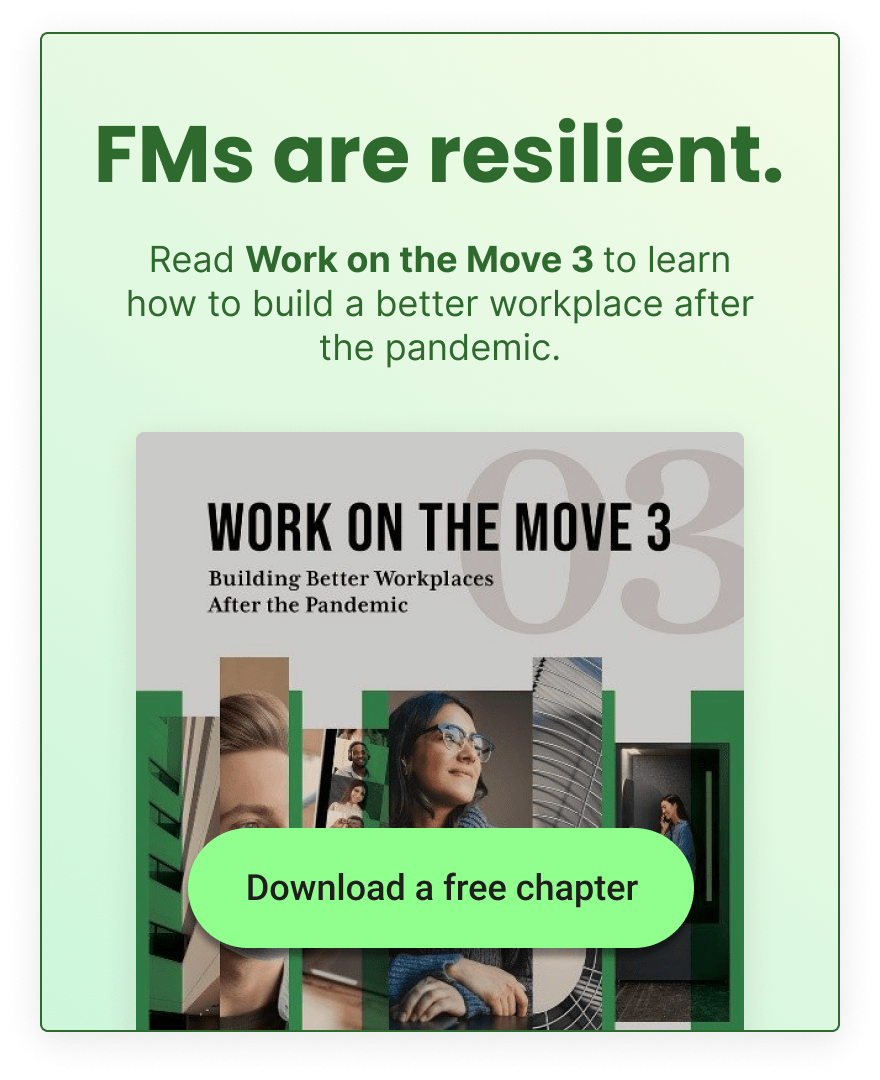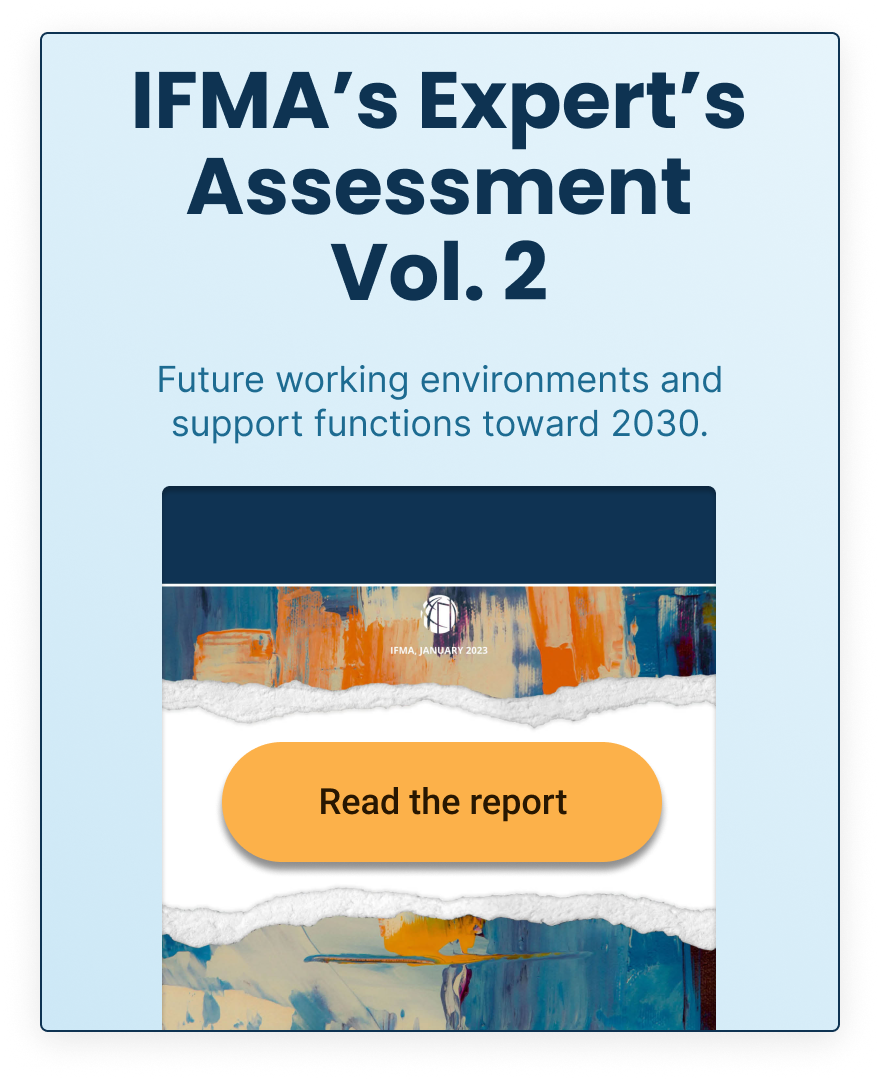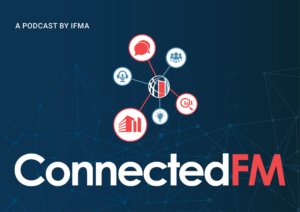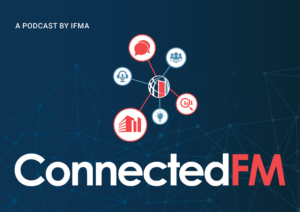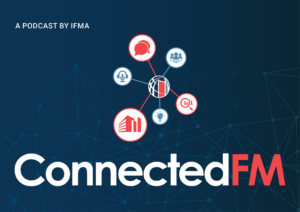Leading Through Uncertainty: The Power of Organizational Resilience

"Leading Through Uncertainty: The Power of Organizational Resilience" explores how businesses can navigate a volatile world by building resilience across three dimensions—proactive, reactive, and adaptive. Through real-world case studies, the article highlights strategic approaches, including risk management, agile leadership, digital transformation, and financial resilience, to help organizations not only withstand disruptions but also emerge stronger. It serves as a practical guide for leaders to future-proof their enterprises by turning challenges into opportunities.
Leading Through Uncertainty: The Power of Organizational Resilience
February 07, 2025
February 07, 2025
The Imperative of Resilience in a Disruptive World
Organizations today operate in a world of unprecedented volatility, uncertainty, complexity, and ambiguity (VUCA). Economic downturns, cyber threats, global pandemics, geopolitical instability, and rapid technological advancements create a landscape where only the resilient survive and thrive.
Consider the case of Kodak, which once dominated the photography industry but failed to adapt to digital transformation, ultimately leading to its decline. In contrast, Netflix successfully transitioned from DVD rentals to streaming, demonstrating adaptive resilience. These contrasting stories highlight the fundamental principle of organizational resilience: the ability to anticipate, respond, recover, and grow stronger in the face of disruption.
This article provides a strategic, evidence-based approach to building organizational resilience, offering leaders the tools to future-proof their enterprises and turn disruptions into opportunities.
Section 1: Understanding Organizational Resilience
What is Organizational Resilience?
Organizational resilience goes beyond mere risk management—it is a holistic approach to sustaining business operations, adapting to change, and capitalizing on disruption.
Key Characteristics of Resilient Organizations
- Proactive Preparedness – Anticipating potential risks and building robust contingency plans.
- Agility & Adaptability – Responding swiftly and effectively to unexpected challenges.
- Innovation-Driven Growth – Learning from disruptions to create new opportunities.
- Sustainable Leadership & Culture – Fostering an organizational mindset that embraces change.
The Three Dimensions of Resilience
1. Proactive Resilience (Anticipation & Prevention)
Resilient organizations do not merely react to crises; they anticipate and mitigate potential threats before they escalate. Key strategies include:
- Enterprise Risk Management (ERM) to identify and assess threats.
- Scenario planning to test organizational responses to hypothetical crises.
- Supply chain diversification to reduce dependency on a single vendor.
Case Example:
After the 2011 tsunami in Japan, Toyota strengthened its supply chain resilience by diversifying suppliers across multiple geographies, ensuring that future disruptions would not cripple production.
2. Reactive Resilience (Crisis Response & Recovery)
When crises strike, resilient organizations act decisively to contain damage and restore operations. This involves:
- Crisis response teams for rapid decision-making.
- Business Continuity Planning (BCP) for operational stability.
- Transparent communication to maintain stakeholder trust.
Case Example:
In 2017, Maersk, the world’s largest shipping company, was hit by a devastating cyberattack. The company restored operations within weeks by leveraging cloud-based backups and a well-structured IT resilience plan.
3. Adaptive Resilience (Learning & Growth)
Beyond recovery, resilience means learning from disruption and emerging stronger. Organizations that embed continuous learning into their DNA leverage:
- Post-crisis debriefs to extract key insights.
- Investment in innovation to stay ahead of industry shifts.
- Data-driven decision-making for enhanced agility.
Case Example:
During the COVID-19 pandemic, Airbnb quickly pivoted its business model to focus on long-term stays and experiential travel, allowing it to thrive despite widespread travel restrictions.
Section 2: The Pillars of Organizational Resilience
1. Leadership & Culture
Resilience starts at the top. Leaders who instill a culture of adaptability and strategic foresight create organizations that can withstand uncertainty. Key principles include:
- Decisive leadership in times of crisis.
- Transparent communication to foster trust.
- Empowerment of employees to make agile decisions.
Example:
During the 2008 financial crisis, Howard Schultz’s return as CEO of Starbucks marked a strategic shift in company culture, focusing on customer experience and employee well-being, leading to a strong recovery.
2. Agility & Digital Transformation
Organizations that leverage technology to enhance operational flexibility are better equipped for disruption. Strategies include:
- Cloud-based infrastructure for business continuity.
- AI-driven analytics for predictive risk management.
- Decentralized decision-making to enable rapid response.
3. Financial Resilience
A financially resilient organization maintains a robust balance sheet, ensuring it can withstand economic downturns. Key approaches include:
- Diversified revenue streams to mitigate risk exposure.
- Cost optimization without compromising innovation.
- Maintaining liquidity reserves for unexpected crises.
Example:
During the 2020 recession, Apple’s strong cash reserves allowed it to sustain operations, invest in R&D, and emerge even stronger.
Section 3: A Strategic Framework for Resilience Building
1. Assessing Organizational Resilience
Organizations should periodically evaluate their resilience maturity through structured self-assessment.
Key questions include:
- Do we have a structured risk management process?
- How effectively do we respond to disruptions?
- Are we fostering a culture of agility and continuous learning?
2. Developing a Resilience Strategy
Establish clear resilience objectives aligned with business strategy.
- Define key risk areas and mitigation strategies.
- Allocate resources and accountability for resilience initiatives.
3. Implementation & Integration
- Conduct resilience training for employees at all levels.
- Develop cross-functional resilience teams for rapid response.
- Embed resilience into governance structures for long-term sustainability.
4. Continuous Learning & Improvement
- Conduct after-action reviews after major disruptions.
- Invest in AI-driven risk forecasting.
- Establish a feedback loop for resilience optimization.
Section 4: Challenges & Opportunities
Common Challenges in Resilience Implementation
- Leadership resistance to change.
- Short-term financial pressures limiting investment in resilience.
- Measuring resilience ROI due to intangible benefits.
Emerging Opportunities:
- Competitive advantage for organizations that master resilience.
- Talent attraction in workplaces with strong resilience cultures.
- Sustainability integration as part of long-term resilience strategies.
Conclusion
Resilience is no longer a luxury—it is a necessity. The ability to anticipate, respond, and adapt in the face of disruption determines whether an organization will merely survive or emerge stronger.
Key Takeaways:
- Organizational resilience is proactive, reactive, and adaptive.
- Leadership, culture, and digital transformation are critical enablers.
- Resilience should be treated as a long-term strategic investment.
Disclaimer
The information presented in this article has been compiled from various publicly available sources and is intended for informational and educational purposes only. Every effort has been made to ensure that the content is accurate and original; however, if any part of this article is found to match existing copyrighted material, it is purely coincidental and unintentional. The article is not intended to infringe upon any copyrights. If any issues are identified, please bring them to our attention, and we will promptly address and rectify them.

